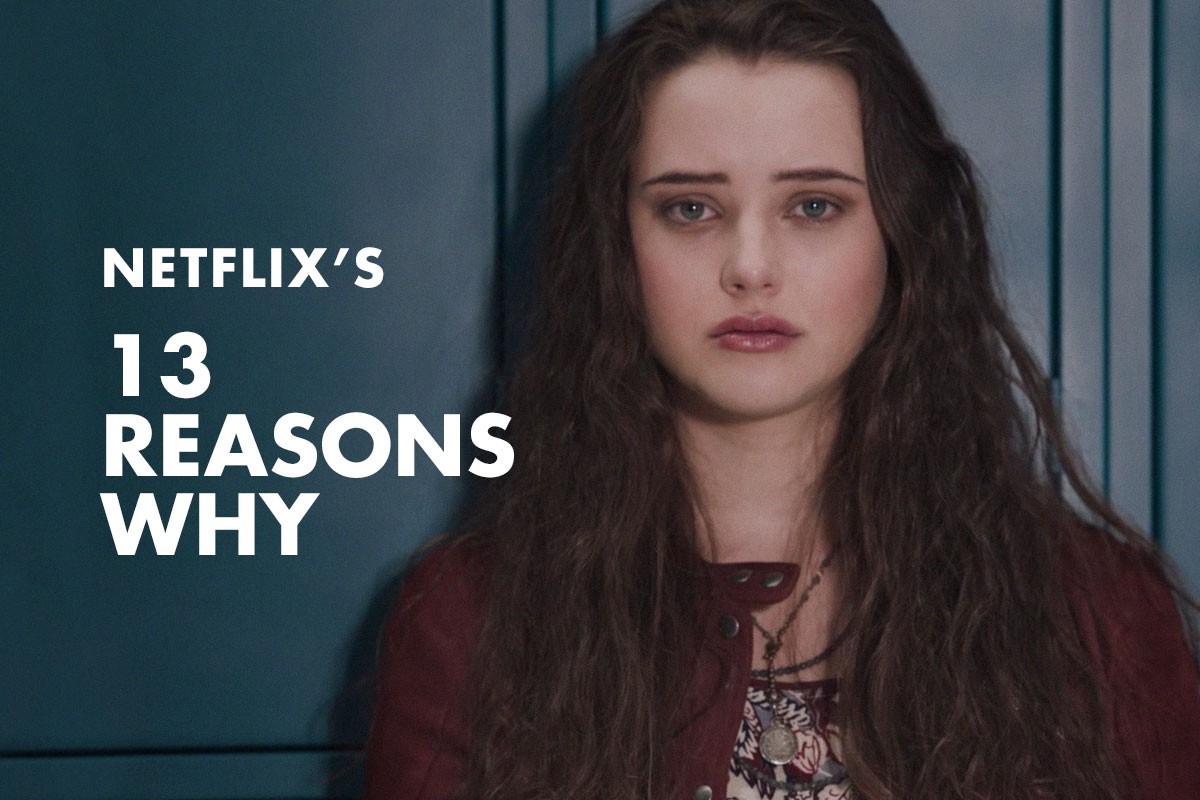Could Portraying Teen Suicide Spread The Wrong Kind Of Awareness?
3:59 minutes

Can a TV show about teen suicide raise awareness of the problem and help steer those with mental illness toward resources? Or can it encourage people to consider suicide themselves? San Diego State University researcher John Ayers and his team crunched the numbers on Google searches after the airing of Netflix’s controversial “13 Reasons Why.” He explains why the show’s portrayal of suicide may have increased the wrong kind of awareness.
[A play about medical ethics, ripped from the headlines.]
John Ayers is an associate research professor at the San Diego State University Graduate School of Public Health. He’s based in San Diego, CA.
JOHN DANKOSKY: And now it’s time to play good thing, bad thing. Because every story has a flip side. So here’s a question for you. Are media portrayals of suicide responsible, and under what circumstances? We’re raising this question because the Netflix series 13 Reasons Why has been at the heart of such a debate since it debuted this spring. Psychologists and many parents say it’s glamorizing suicide, while the series creators say they’re helping to steer teens to awareness and assistance.
So which is it? My guest says data from his latest research offers an answer. John Ayres is an associate research professor at San Diego State University. Now we tried to bring Dr. Ayres on the show two weeks ago for this very same conversation. So thanks for bearing with us after a few technical difficulties. Welcome to Science Friday sir.
JOHN AYRES: Thank you for having me.
JOHN DANKOSKY: So first, catch us up on what people were saying about 13 Reasons Why when it first came out. Why was it so controversial?
JOHN AYRES: Well, there’s been a lot of controversy because this follows a fictional high schoolers suicide. And on one hand, raising awareness of issues can be important for improving public health. But in the case of suicide, we often know that showing or talking about suicide in the media can cause copycat suicide. Showing the suicide act, et cetera. And in the case of 13 Reasons Why, they violated those standards.
So on one hand, experts have been saying the show might promotes suicide. While the show’s makers have been claiming it’s raising awareness.
JOHN DANKOSKY: So this whole idea of raising awareness and trying to get people help is something that Netflix says has been touting, as others have been raising concerns. So now you have some data to put into the mix here. What have you been finding?
JOHN AYRES: Well we looked at internet searches. Because there’s not contemporary data from other sources. So we looked at searches. What searches tell us what the population is thinking, and when they’re thinking it. And in the United States, for 19 days following the immediate release of 13 Reasons Why, there were about 1 million more suicide related searches than what you would expect.
And a lot of these searches were for people thinking about committing suicide. For example, how to commit suicide was up 26%. Commit suicide was up 18%, and the search how to kill yourself was up 9%.
JOHN DANKOSKY: But how do we know that these searches have a direct line towards someone actually having suicidal ideation? That someone might want to commit suicide because they’re there searching for these terms.
JOHN AYRES: That’s an important point. On one hand, we know in the past that suicide searches in general actually foreshadow future suicide rates. On the other hand, because contemporary data isn’t available, we looked at the exact content of the queries. And when someone is searching for the phrase, how to commit suicide, it likely indicates they’re just one step away from a suicide act.
JOHN DANKOSKY: I mean, what can you tell us about a responsible way to present information like this. Because it’s an important topic. And there’s probably a point to be made that you could steer people toward something that’s a better outcome. So what’s your response? What’s a good way to portray suicide in media?
JOHN AYRES: Well those guidelines already exist. The world [INAUDIBLE] organization has used thousands of studies and decades of research to develop guidelines on the types of narratives we should portray when talking about suicide in the media. And as a media personality, you’re familiar with guidelines yourself undoubtedly. Now 13 Reasons Why makers could have followed those guidelines.
For example, they could of not shown the suicide act. They could have not shown this fictional suicide victim seeking help, and being denied help. They should have not shown the suicide as being a result of personal differences between friends and boyfriends and girlfriends. 90% of suicides are because of mental illness.
JOHN DANKOSKY: So yeah.
JOHN AYRES: Not your boyfriend breaking up with you.
JOHN DANKOSKY: And we have to wrap up, but those guidelines seem very important. Dr. John Ayres is an associate research professor at San Diego State University. Sir thank you so much for sharing the study with us. I appreciate it.
JOHN AYRES: No problem.
Copyright © 2017 Science Friday Initiative. All rights reserved. Science Friday transcripts are produced on a tight deadline by 3Play Media. Fidelity to the original aired/published audio or video file might vary, and text might be updated or amended in the future. For the authoritative record of Science Friday’s programming, please visit the original aired/published recording. For terms of use and more information, visit our policies pages at http://www.sciencefriday.com/about/policies/
Christie Taylor was a producer for Science Friday. Her days involved diligent research, too many phone calls for an introvert, and asking scientists if they have any audio of that narwhal heartbeat.